Corrosion-resistant coatings can be applied using a variety of methods, each chosen based on the type of coating material, the substrate, the size and shape of the component, and the intended application environment. Below are the most common application techniques, along with their characteristics and typical use cases:

1. Spray Coating (Air or Airless Spraying)
Spraying is one of the most widely used methods for applying corrosion-resistant coatings, especially in construction, automotive, and industrial maintenance.
How it works: A liquid coating—such as epoxy, polyurethane, or zinc-rich paint—is atomized and sprayed onto the surface using compressed air (air spray) or high pressure (airless spray).
Advantages:
Ideal for large or irregularly shaped surfaces
Provides a uniform and smooth finish
Can be applied on-site or in a factory
Common uses: Steel structures, pipelines, ships, machinery, bridges
2. Dip Coating
Dip coating involves immersing the entire part in a coating solution, ensuring even coverage, especially in hard-to-reach areas.
How it works: The component is dipped into a tank containing the coating material and then withdrawn at a controlled speed. After dipping, the part is allowed to drain and cure or dry.
Advantages:
Excellent for coating complex geometries
Ensures complete surface coverage, including recesses
Cost-effective for small parts in large batches
Common uses: Fasteners, small metal components, wire products, fittings
3. Electroplating (Electrochemical Coating)
Electroplating deposits a thin layer of corrosion-resistant metal—such as zinc, nickel, or chrome—onto a substrate using an electric current.
How it works: The part is submerged in a metal salt solution and connected to a negative electrical charge, attracting positively charged metal ions to form a uniform coating.
Advantages:
Produces a thin, hard, and durable finish
Excellent adhesion and uniformity
Enhances both corrosion resistance and appearance
Common uses: Automotive parts, tools, electronics, decorative finishes
4. Hot-Dip Galvanizing
This process involves immersing steel or iron components in molten zinc to create a strong, sacrificial coating.
How it works: The clean metal is dipped into a zinc bath at around 450°C (840°F), where the zinc reacts with the surface to form alloy layers.
Advantages:
Long-lasting and tough corrosion protection
Bonds metallurgically to the steel
Ideal for outdoor and structural applications
Common uses: Outdoor fencing, beams, guardrails, utility poles
5. Powder Coating
Powder coating uses dry powdered resin applied electrostatically, then cured under heat to form a hard, corrosion-resistant surface.
How it works: The electrically charged powder particles adhere to the grounded metal surface. The coated part is then baked in an oven to melt and cure the powder.
Advantages:
Durable and environmentally friendly (low VOCs)
Wide range of colors and finishes
Excellent resistance to impact and chemicals
Common uses: Appliances, outdoor furniture, bike frames, automotive wheels
6. Thermal Spraying (Metalizing)
Thermal spraying involves melting corrosion-resistant materials and spraying them onto a surface using a high-velocity gun.
How it works: Metal wires or powders (e.g., aluminum, zinc, or alloys) are heated and sprayed as molten droplets that solidify on contact with the substrate.
Advantages:
Thick coatings with excellent adhesion
Suitable for high-temperature or aggressive environments
Can restore worn surfaces
Common uses: Offshore equipment, power plant components, heavy machinery
7. Chemical Conversion Coatings (e.g., Phosphate, Chromate)
These are thin films formed by chemically reacting the surface with a solution to create a protective layer.
How it works: The surface undergoes a chemical reaction that converts the top layer into a corrosion-resistant compound (e.g., zinc phosphate or chromate).
Advantages:
Good paint adhesion and moderate corrosion resistance
Often used as a primer or underlayer
Common uses: Automotive bodies, electrical enclosures, aerospace parts
Summary Table:
| Method | Key Advantage | Typical Use Cases |
| Spray Coating | Versatile, good for large areas | Steel structures, pipelines, bridges |
| Dip Coating | Complete coverage of complex shapes | Fasteners, small parts |
| Electroplating | Thin, even metallic finish | Tools, electronics, automotive parts |
| Hot-Dip Galvanizing | Thick, durable zinc coating | Outdoor steel components |
| Powder Coating | Durable and decorative | Furniture, appliances, auto parts |
| Thermal Spraying | High-performance industrial protection | Marine, aerospace, heavy machinery |
| Conversion Coating | Enhances adhesion, moderate protection | Automotive bodies, enclosures |
Each application method offers unique benefits and is selected based on the coating type, substrate material, durability requirements, and environmental conditions. For maximum performance, proper surface preparation and curing are essential, regardless of the method.

 ENG
ENG
 English
English عربى
عربى Español
Español 中文简体
中文简体
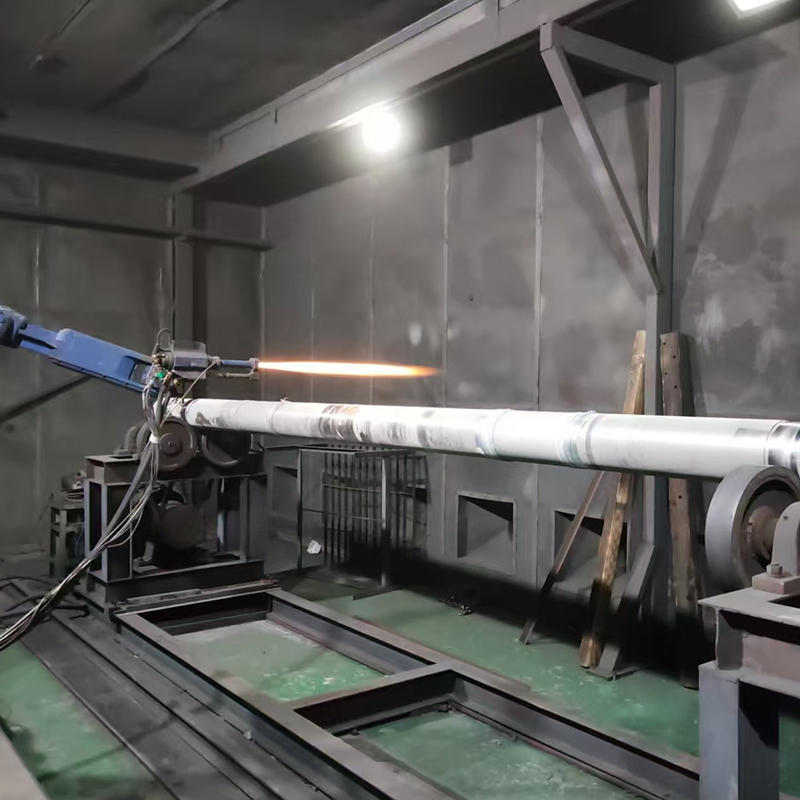
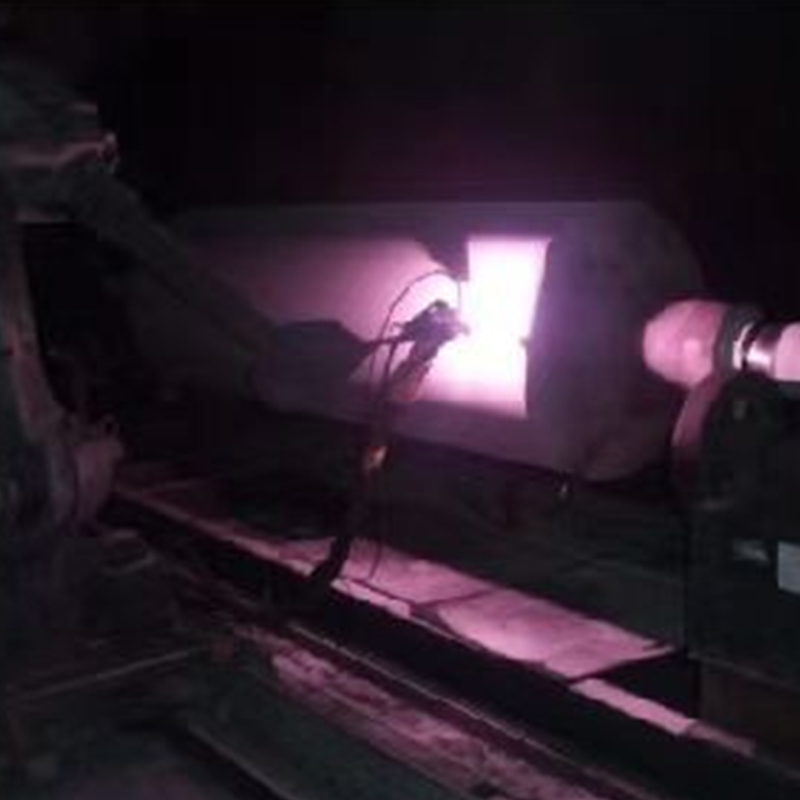
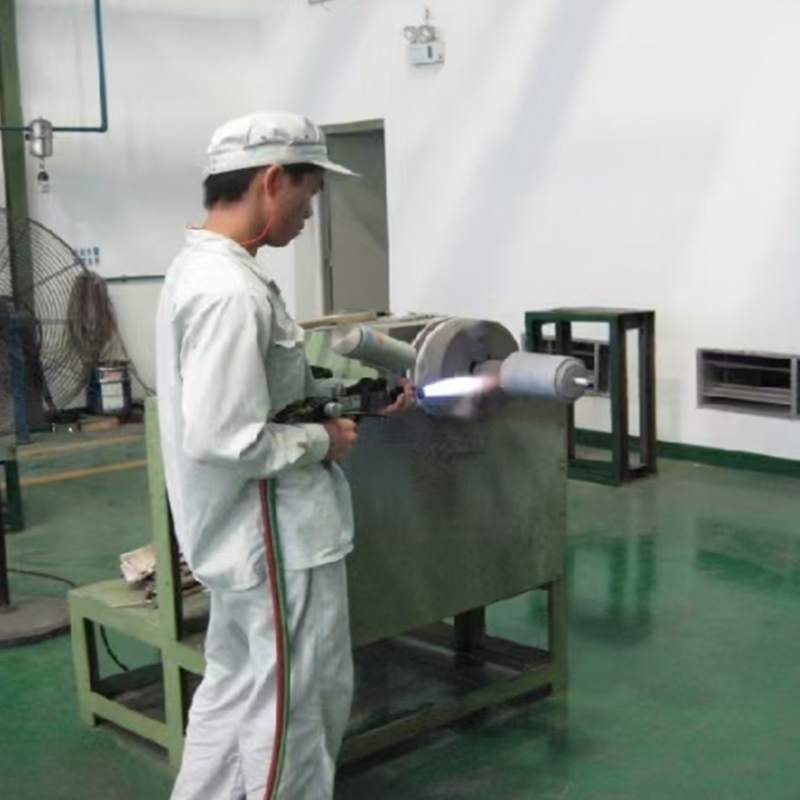

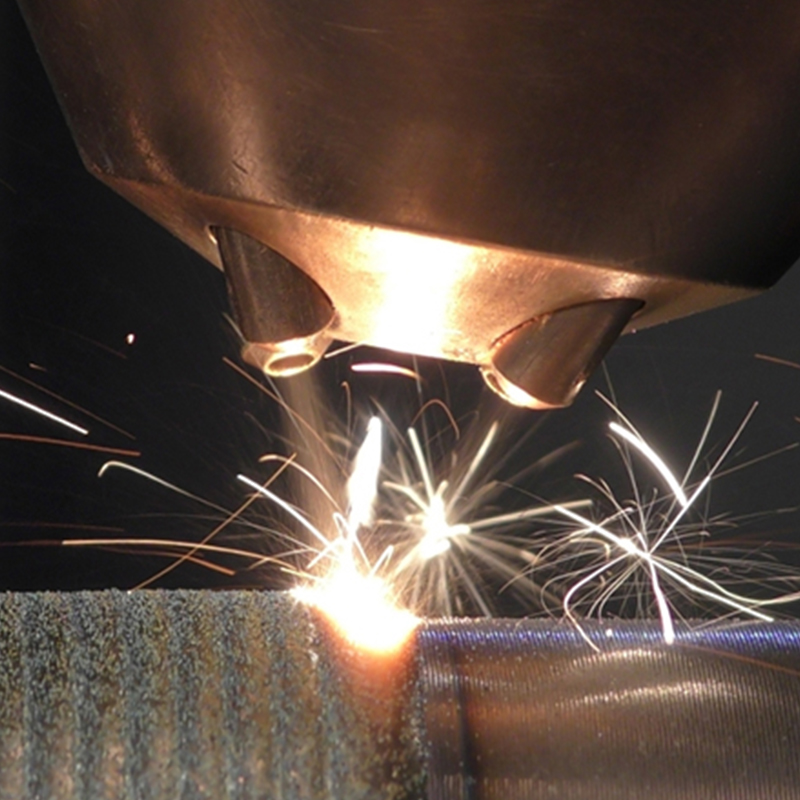
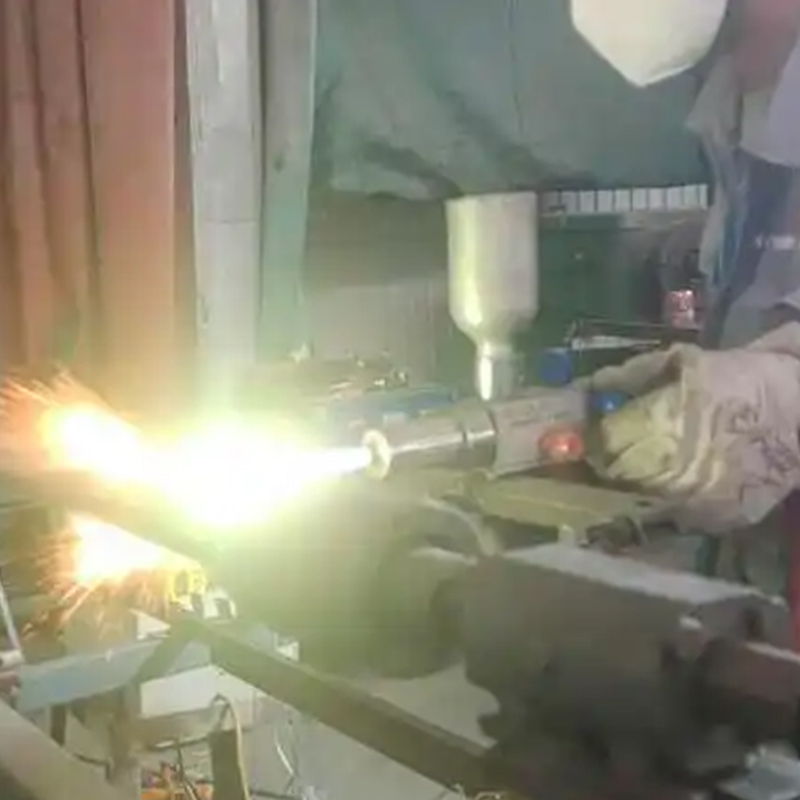
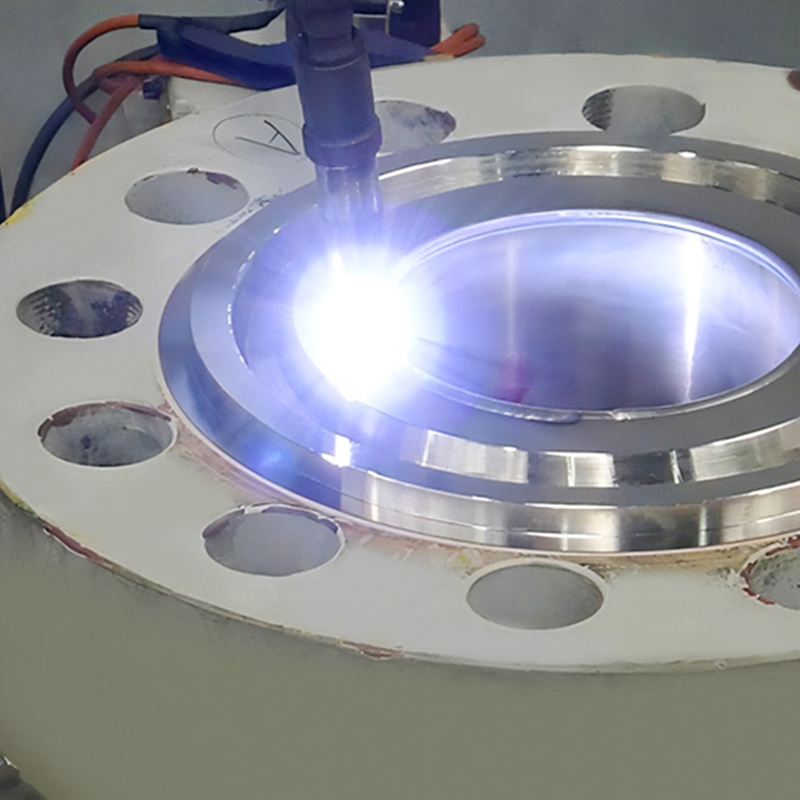
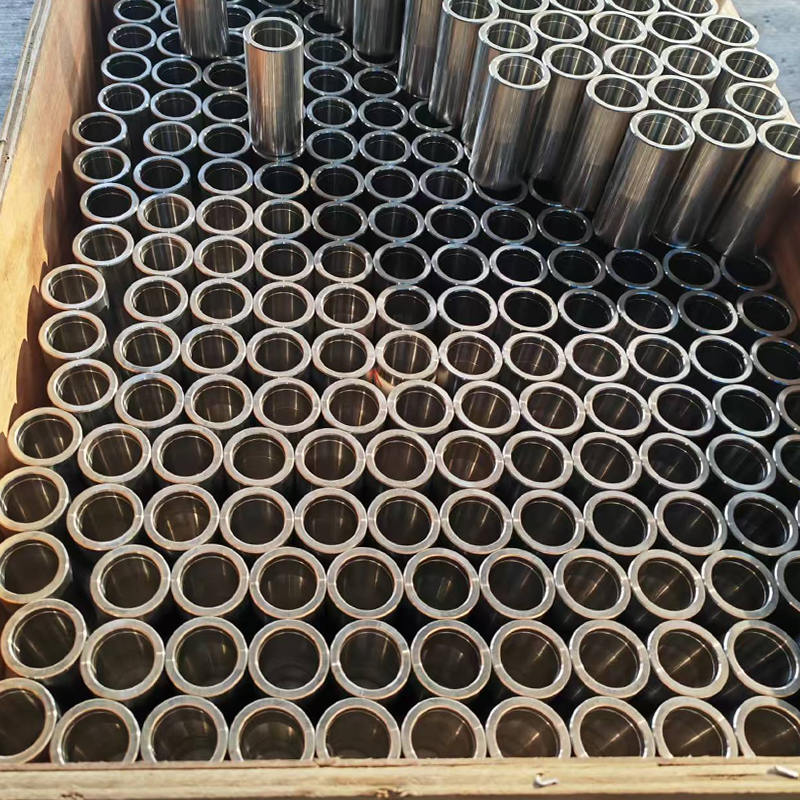
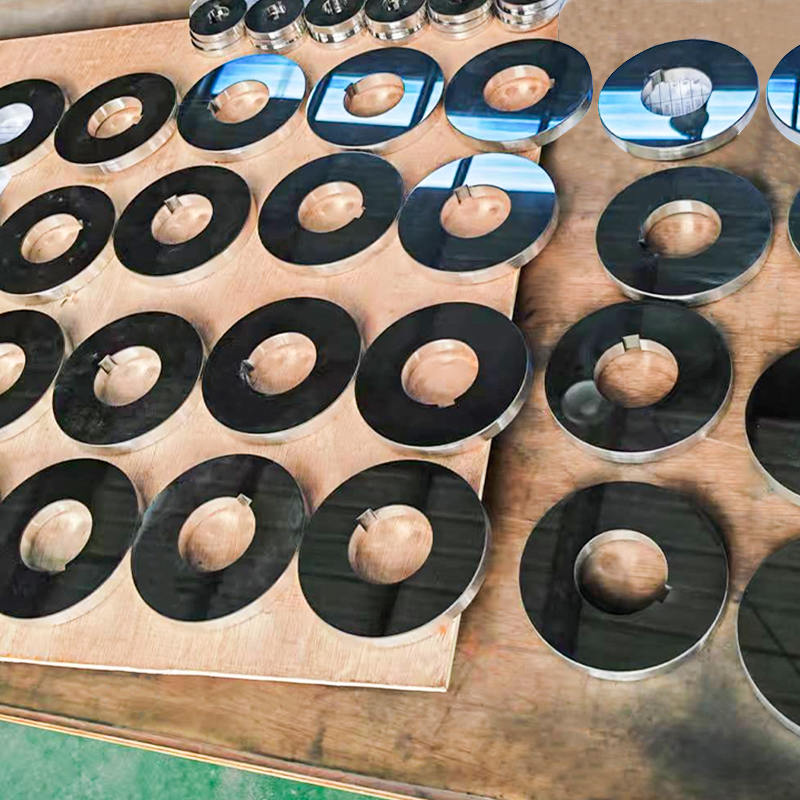
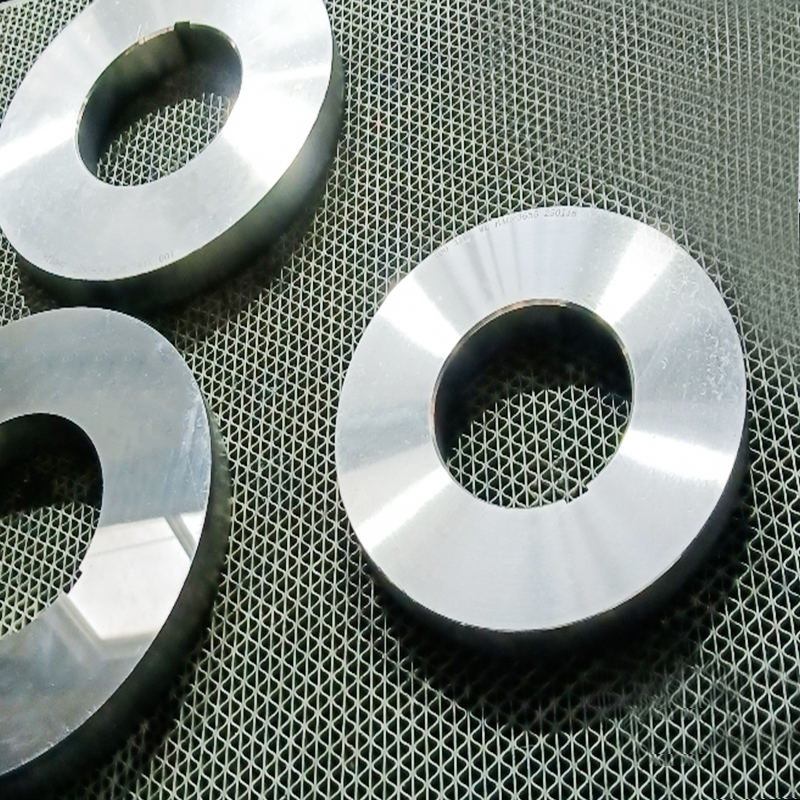
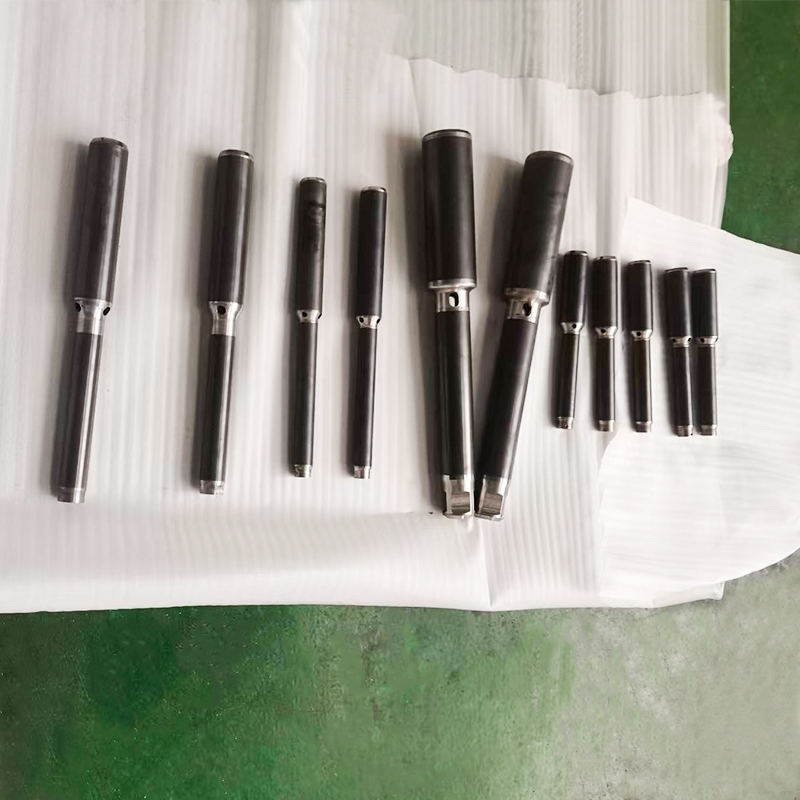
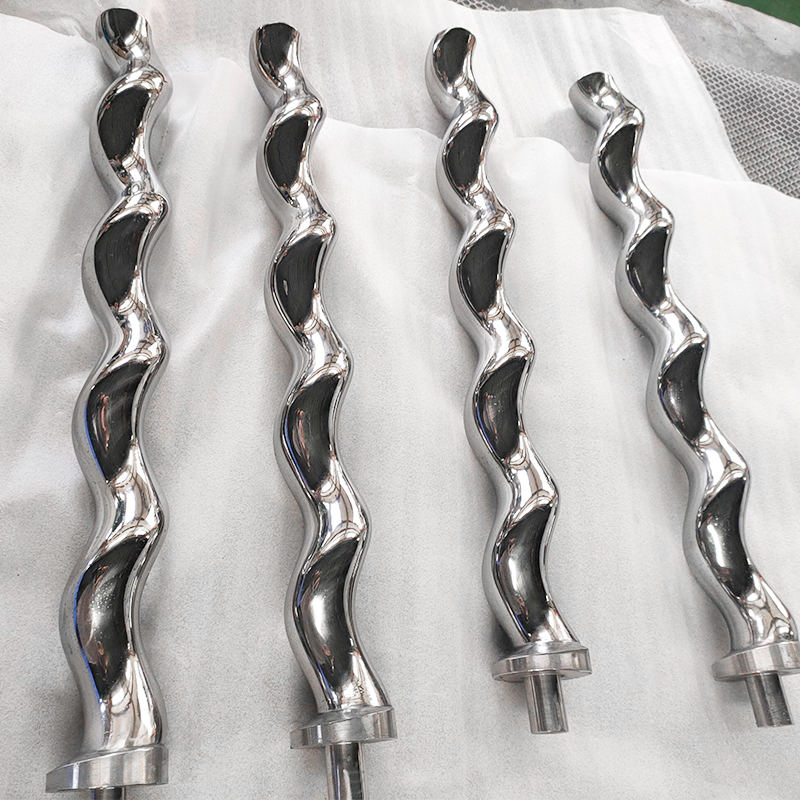

 TOP
TOP